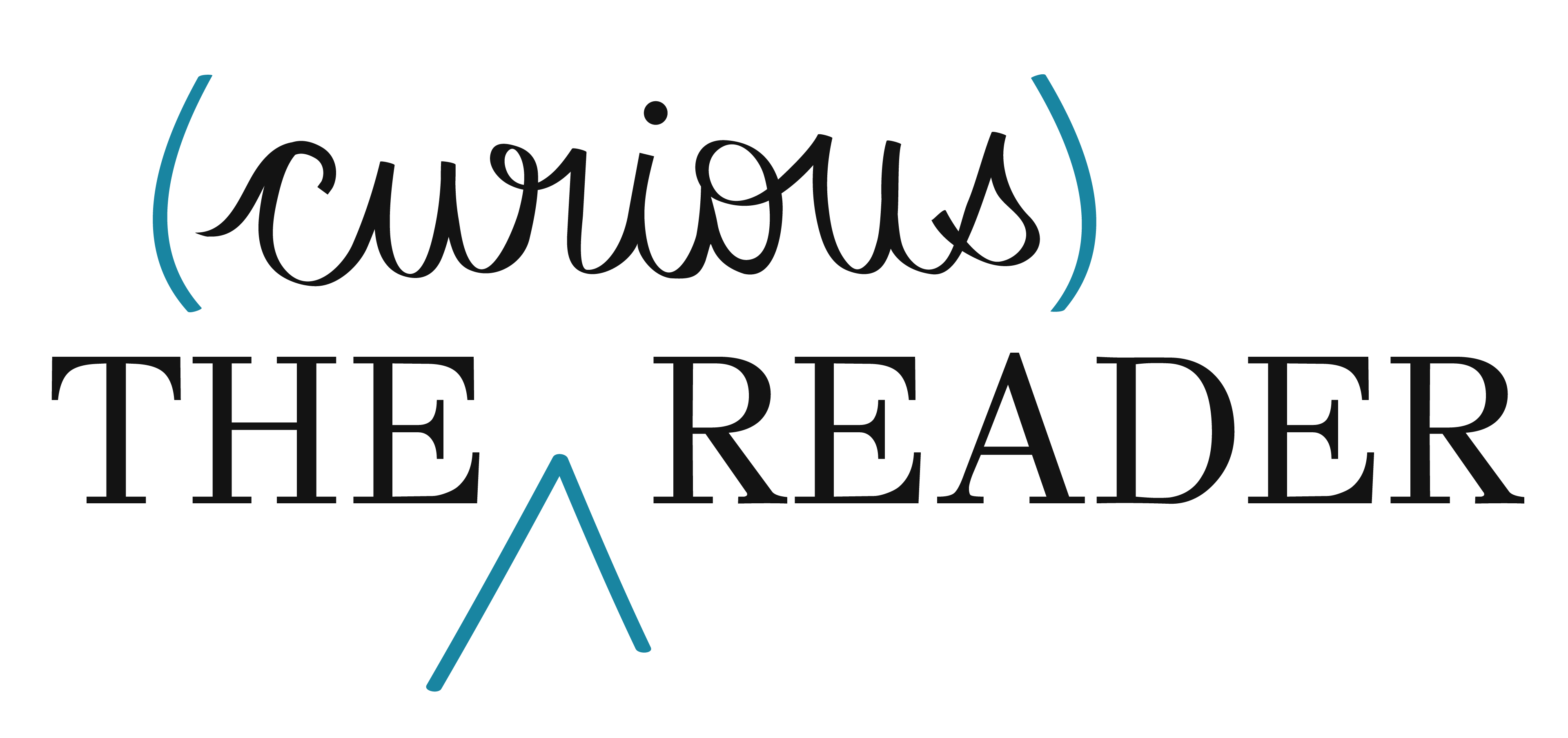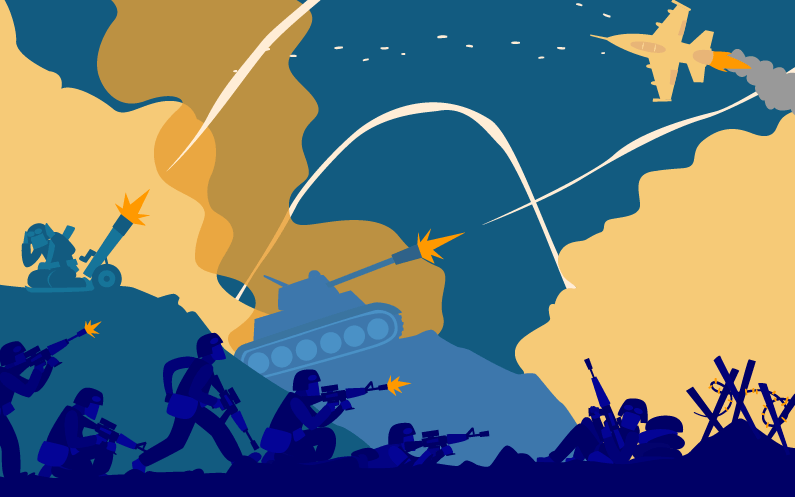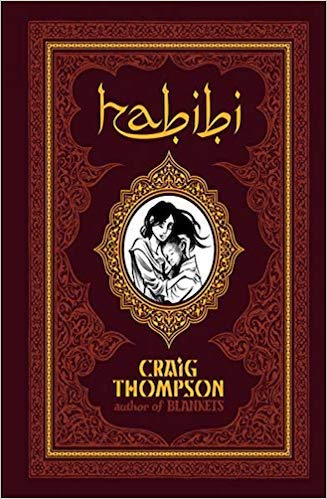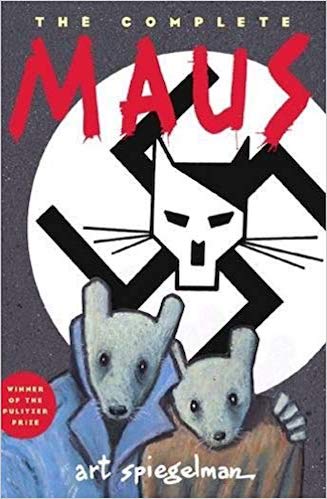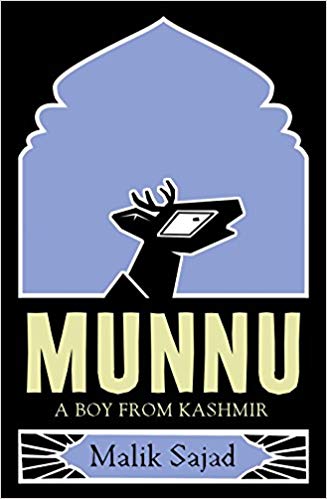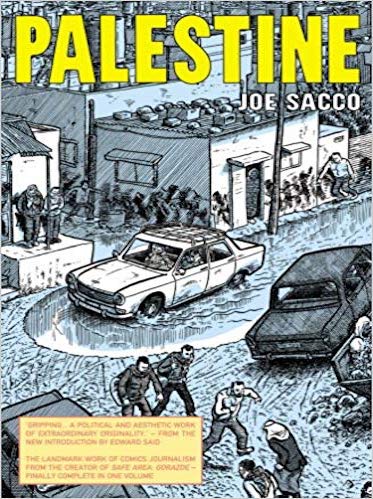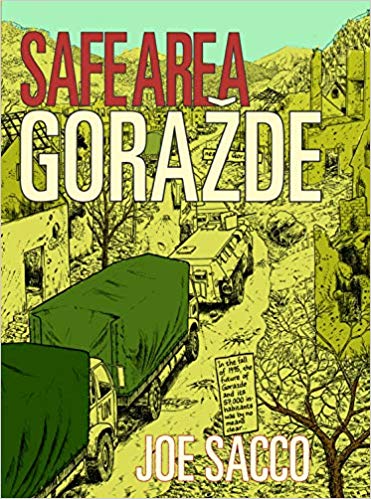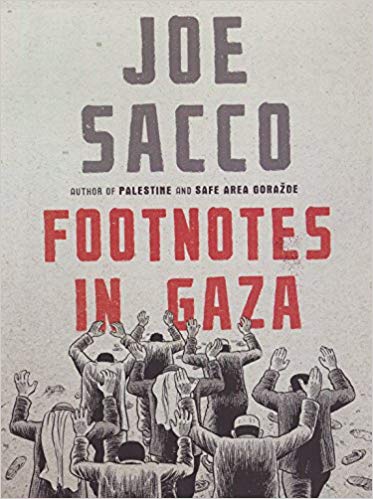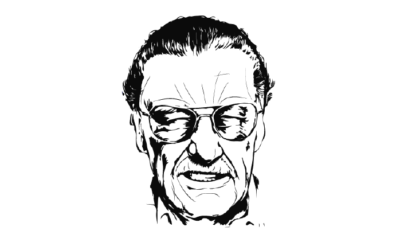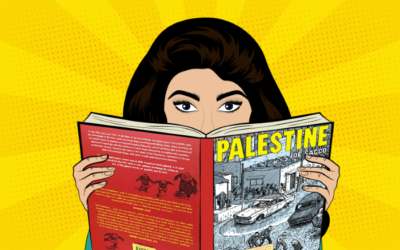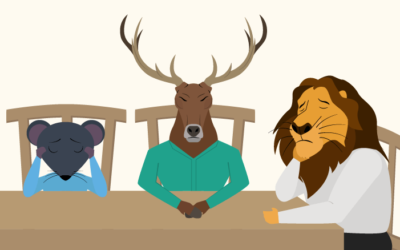The Connection Between Conflict And Comics
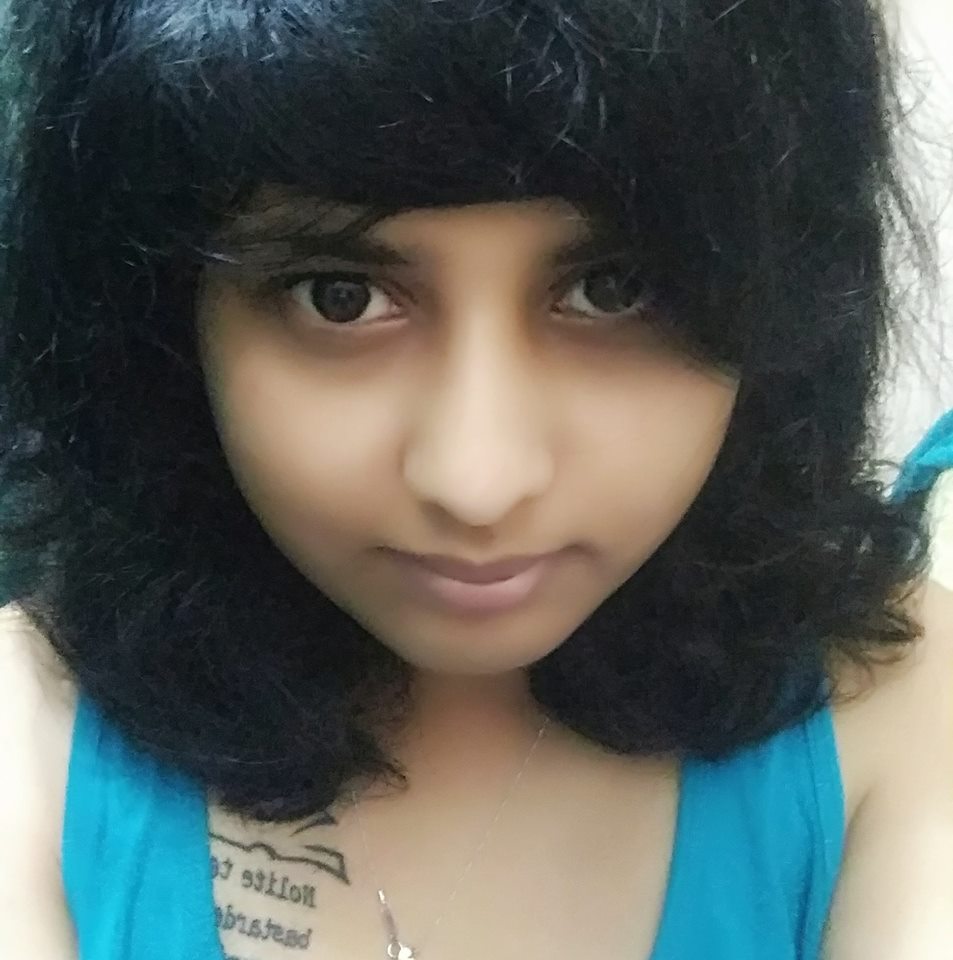
Deya Bhattacharya
October 05, 2018
I admit that, as a reader, I took to graphic novels depicting conflicts almost instantaneously. My tryst with graphic novels on conflict began when I picked up Persepolis by Marjane Satrapi in 2011. 2011 marked the beginning of the Arab Spring, and as a student of International Law, I wanted to know and understand more about revolutions, especially through various literary formats. Persepolis is Satrapi’s memoir and immerses the readers in a child’s lived realities of growing up in Tehran during the Islamic Revolution. With stark black and white illustrations, Persepolis takes us through Marji’s life as it gets entwined with the history of her country. The graphic novel is at once “the story of a childhood” and “the story of a return” as it serves as a reminder of the human cost of political repression and war. It is a bildungsroman set against the background of a political revolution that affirms the concept of writing as a form of protest.
Years later in 2017 after hosting a book club session on graphic novels, I took to Craig Thompson’s Habibi, which is set in a timeless Middle East and tells the story of Dodola and Zam, two child slaves living in a malicious universe where sexual violence and murder is normalised. The graphic novel is not explicitly based on war, but Thompson’s fervent and majestic art brings pangs of a conflict-related anxiety as you flip through Habibi’s pages. The illustrations in Habibi are arresting, almost psychedelic – as we trace Dodola and Zam’s journey through Wanatolia. Though Thompson is often criticised for looking at Muslim culture through an Occidental lens, the expansive graphic novel, through its stupendous schema, shows us a world that has been ravaged by conflict.
Inspired from Maus, Malik Sajad’s Munnu: A Boy From Kashmir shows us the reality of Kashmir, through his autobiographical protagonist, Munnu, who grows up in Srinagar, where militarisation and resistance are normalised and become the backdrop of the story. Like Spiegelman, Sajad depicts the oppressed – the Kashmiris – as hangul deer, while everyone else is human, in a bid to indicate how they have been completely dehumanised because of the politics of the conflict zone. Munnu brings us closer to what it means to be occupied, living and surviving under curfews, and the quotidian brutality of Kashmiri life; and through the art, it unveils the struggle of those in the Valley.
I discovered Joe Sacco’s comics in 2017 and promptly became fixated with his work. In Notes From A Defeatist, Sacco chronicles, in a bitterly self-deprecating manner, his journey of political journalism through writing and illustrating feverishly, within the political and historical context of him being a “war-junkie”. In his works Palestine, Safe Area Goražde and Footnotes In Gaza, Sacco employs graphic narratives to chart the space between history and war. His journalistic approach to war and the politics that enmesh it makes each panel tactile. Sacco’s “comics reporting” – he disagrees vehemently on the use of the phrase ‘graphic novel’ for this work, because he believes it takes away from the reality of his journalism – is effective, especially because his books chronicle the daily brutality and hardship of conflict-zones; the reader can see it in the expressions of his characters, the weariness of their bodies weighed down by war, their faces indicating an irreplaceable expression of fatigue. The fusion of art with a firm journalistic imperative makes Sacco’s work a canon in the genre of graphic novels on conflict.
Hamid Sulaiman’s Freedom Hospital is the most recent graphic novel on conflict that I’ve read. Sulaiman participated in the Arab Spring movement against the totalitarian regime in Syria and having witnessed conflict first-hand, his work reads like a message of hope and freedom. It is the story of a clandestine hospital in the fictional town of Houria, in the backdrop of Assad’s brutal regime, that is a shelter for doctors, patients and revolutionaries. Sulaiman’s artwork is filled with flat blacks and stark white and therefore, both simplifies and complicates the effect of the conflict on his characters. In his postscript, Sulaiman admits that his objective was not to document the conflict, because he believes that the war was far too complicated for both outsiders as well as insiders to fully grasp. Freedom Hospital is a poignant telling of his own reality, as he grappled with understanding the revolution.
Featured Image Credit: Illustration vector created by Freepik

Deya is a human rights lawyer by day, and by night, a book nerd, who is constantly running out of shelf-space. Her small apartment in Bangalore, where she is based, has already been swallowed by her meandering bookshelves. Truth be told, this might also be her ultimate plan to avoid all human contact. Deya tweets about feminism, women's rights and (mostly) all things books at @LadyLawzarus.
Read her articles here.
